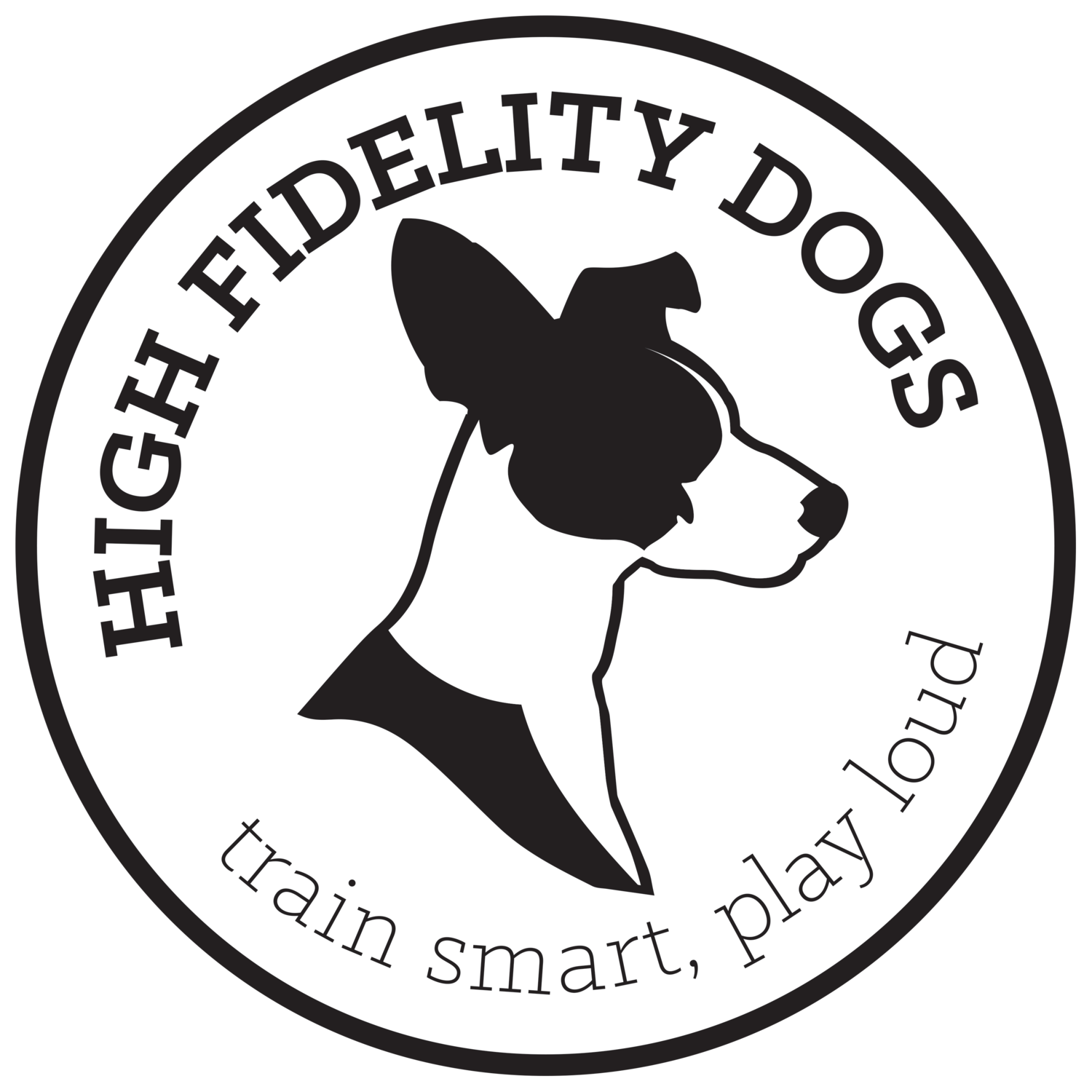Time to get a muzzle.
OK, so you have a dog that needs a muzzle. There are plenty of reasons dogs wear muzzles but often owners say they don’t want to feel stigmatized by being seen with their dog in a muzzle. I get it. I have bully breeds and want to project they are great dogs. But it comes down to people who don’t get it are going to say whatever they are going to say while I ensure the safety and happiness of my dog.
There are a bajillion great reasons why dogs wear muzzles.
For a dog that gobbles up inappropriate items like rocks.
Making sure a dog can’t land a damaging bite.
Occasionally herding dogs tag housemates when arousal levels get too high. Afterall, herding dogs just don’t politely ask bulls and rams to move along into a pen they have no intention of going near. They use their teeth to enforce motion and to protect themselves.
Dogs may make a bad choice on a trail and, for example, a bike whizzes by. Of course, you aren’t going to walk a dog that is working on moving object issues in the middle of your local bike rail trail, but a mountain biker can seemingly come out of nowhere, especially if they are riding on a trail closed to bikes.
Muzzles are awesome to keep well-meaning people from shoving their hands in your leashed dog’s face. Parents suddenly put down their phone to actually get their kid if their child is magnetized to a dog in a muzzle.
My favorite effect of walking a dog in a muzzle is in the speed other dog owners suddenly find. Miraculously, they rush to leash-up their dog while in a no off-leash dogs area instead of shouting “My dog is friendly!”
And, of course, if your dog gets anxious at the vet muzzles can be game-changers. You are more relaxed because you know your dog can’t land a bite or even air snap. If your dog is happy about wearing a muzzle, you can bring your dog’s muzzle in with you which is less stressful to all involved and so much kinder to your dog than being forced into a muzzle.
All my dogs are muzzle trained, even the ones who are highly unlikely to use their teeth. Every dog has the potential to bite. If they get injured, wearing a muzzle to get triaged or treated won’t add to their stress.
Bumas muzzles are custommade. They are cool and pretty. Awesome for hard to fit dogs. They are pricey.
https://www.bumas.us/frontpage
Baskerville Ultras are the ones I recommend the most. Be sure to get the newer ones with a clip like a collar rather than a belt-like fastener (unless sound is an issue for your dog)
Save the box it came in for teaching your dog to love it!
Sizing for Baskervilles
https://www.petexpertise.com/baskerville-ultra-dog-muzzle/
Buy one:
https://www.chewy.com/baskerville-ultra-dog-muzzle/dp/11737
My new favorite custom muzzles!!!! Made in US.
https://www.trust-your-dog.com/
General info
Desensitizing
https://www.facebook.com/AggressionInDogs/videos/284099959073961/
Shaping a muzzle for a better fit
https://www.facebook.com/AggressionInDogs/videos/270049333827154/
Make it pretty!!
http://www.thedoggeek.com/2016/04/a-duct-tape-muzzle-art-tutorial.html



